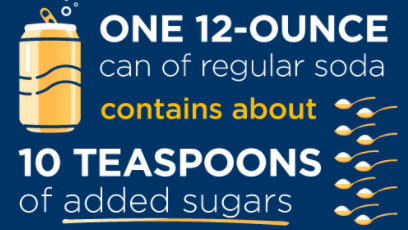About Healthy Weight and Growth
KEY POINTS
- Parents and caregivers can help children have healthy growth and a healthy weight.
- Achieving healthy growth and weight includes healthy eating, physical activity, optimal sleep, and stress reduction.
- There are several ways to eat well, be physically active, and maintain a healthy weight.
Why it’s important
Healthy eating, physical activity, optimal sleep, and stress reduction are important to achieving optimal health and managing weight as you age. Several other factors may also affect weight gain.
People who have obesity, compared to those with a healthy weight, are at increased risk for many serious diseases and health conditions.
In addition to the tips below, see other information that can help.
Eat healthy foods
Healthy eating means incorporating a variety of healthy foods into your eating pattern. Fad diets promise fast results. However, such diets limit your nutritional intake, can be unhealthy, and tend to fail in the long run. See these tips instead:
Limit sugary drinks

Tracking food and drinks
Using this food and beverage diary may help.
Be physically active
How much physical activity you need depends on your age and whether you are trying to maintain your weight or lose weight. Walking is often a good way to add more physical activity to your lifestyle.
Tracking physical activity
Using this physical activity diary may help.
Manage your weight
You can use the body mass index (BMI) calculator as a screening tool for your weight. See more information to help manage your weight.
Resources
Spanish language material.
Food Assistance and Food System Resources.
Learn how to eat healthy with MyPlate.
My Plate Plan customized to you.
Original Article – https://www.cdc.gov/healthy-weight-growth/about/index.html





